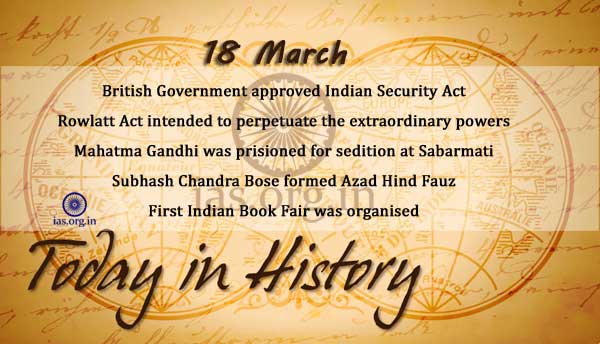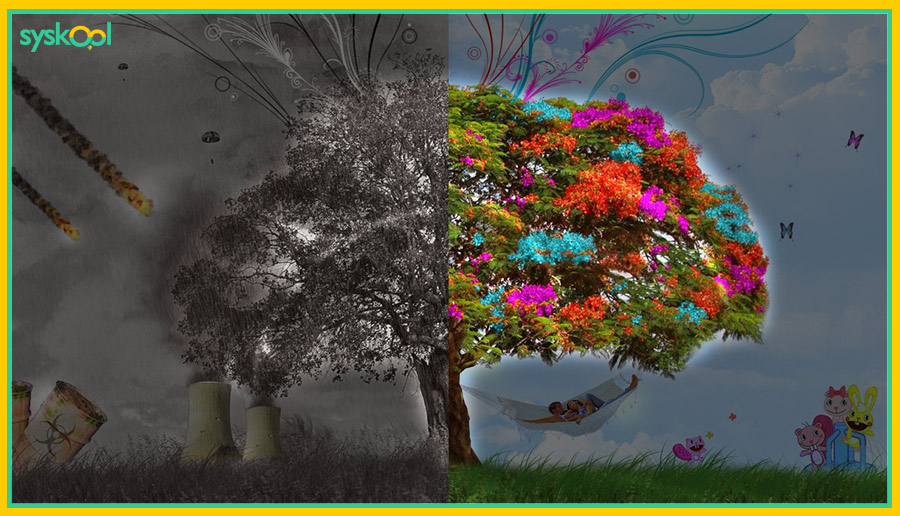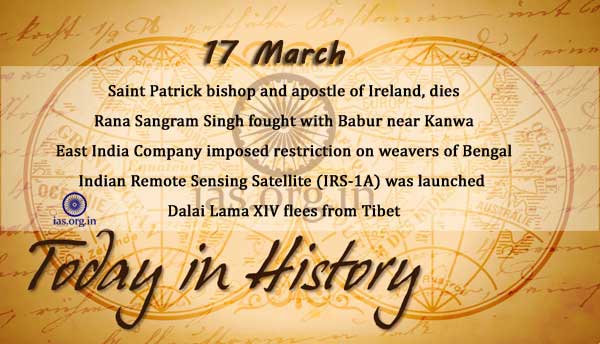Why is Yoga important?
In the present day world, along with rapid technological and cultural advancements, the vulnerability of human beings to various diseases also increased at a similar pace. The changes that are taking place in our life styles such as alteration of food habits, lack of proper sleep, less physical work and more are the main reasons for the occurrence of these diseases. Yoga can be an answer to these issues.
Some diseases are chronic in nature such as asthma and arthritis. That means they suffer you for a long period of time. By practising yoga daily, you can slowly get rid of these chronic diseases.
Must Read: Hypertension or High BP
YOGA AS A NATURAL MEDICINE:
Yoga is not an alternative to the regular medicines that doctors have prescribed for your health ailments, rather it supplements them. Generally, obstruction in the normal bodily processes leads to disease. By stretching the body parts in a particular manner and doing breath control exercises through yoga rejuvenates the body parts and aids in their normal functioning. These stretching and breathing exercises are called asanas and pranayamas respectively.
Doing particular asanas and pranayamas for the related ailments regularly, decreases the severity of the problems and the body will heal itself with time. Simply to say, you need not to be a lifetime patient suffering with chronic ailments.
DISEASES AND RECOMMENDED YOGA:
Common chronic diseases that people are suffering from and suitable yoga recommended are given below:
STRESS:
Even though stress is not a disease, it is the major cause of many diseases such as hypertension, acidity, depression and more irrespective of the age. Hence, by reducing stress we can prevent its consequential diseases. By doing meditation asanas such as padmasan and sukhasan and by practising pranayamassuch as anulomvilom we can control stress.
ARTHRITIS:
Arthritis and joint pains don’t even let you to do the simple things. Asanas such as thrikonasan, gomukhasan and veerasan help you in healing arthritis.
Must Read: Medicines and Pharmaceutical Drugs
ASTHMA:
Asthma patients often have breathing problems and sometimes it leads to death also. By doing ujayee pranayama and asanas like Ekpadauttanasan, tarasan and simhasan you can strengthen the functioning of your lungs and will be able to overcome the challenges posed by asthma.
DIGESTIVE DISORDERS:
In the recent times, due to high consumption of fast foods and junk foods many people are suffering from various digestive problems such as acidity, irritable bowel syndrome and more.
By doing some yoga asanas you can effectively manage various digestive problems. Asanas such as vajrasan, pavanmukthasan and konasan help you to deal with such problems.
DIABETES:
Diabetes is a condition which occurs when sugar levels of your body exceeds the insulin levels. Diabetes cannot be completely cured by yoga. But, by doing some asanas regularly, you can control your sugar levels.
Asanas such as sethubandhasan, balasan and dhanurasan aid your body to fight diabetes.
Many researches proved that in addition to chronic diseases Yoga also helps the cancer patients to get rid of many side effects which are the results of the cancer treatment. All the asanas and pranayams mentioned for the particular ailments should be practised under the supervision of experienced trainers to avoid complications.
CONCLUSION:
Besides the people who are suffering with chronic diseases, others also should practise yoga to lead a healthy lifestyle.
Also, Read:






